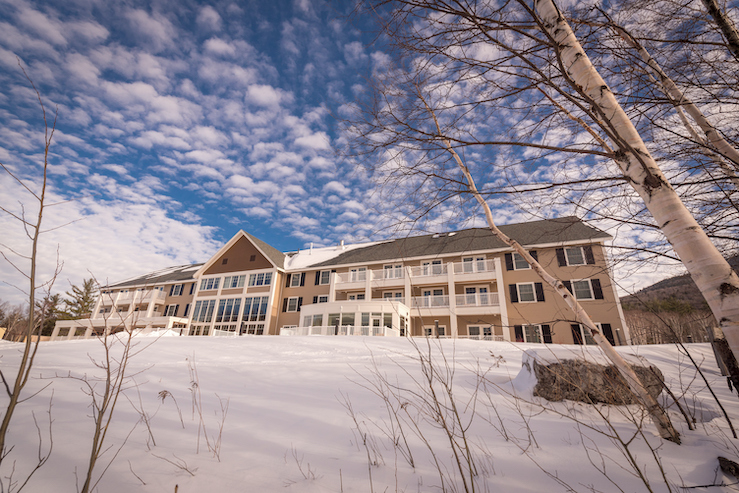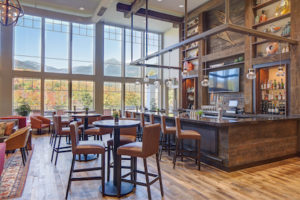
According to an engraved plaque atop the Northeast’s highest peak, Mount Washington and its neighboring Presidential Range summits in northern New Hampshire are part of one of the oldest mountain ranges on the planet. Scientists estimate that they once rivaled the Swiss Alps, before the elements that occasionally rage through Pinkham Notch wore them down over millions of years.
The Rockpile — as the granite-domed Mount Washington is affectionately nicknamed — is legendary. In fact, it’s Native American sobriquet, Agiocochook, meaning “Home of the Great Spirit,” would appear to be a perfect fit.
The mountain has proved to be an irresistible attraction to painters, photographers, writers (starting with Henry David Thoreau), plant experts (the mountain’s famous ravine was named after botanist Edward Tuckerman), weather and climate scientists (who recorded the 231 mile an hour wind gusts at the summit in 1934), and outdoor enthusiasts of every stripe, including hikers and skiers. The Mount Washington Auto Road, originally known as the Carriage Road, has its own special draw, luring cyclists, runners and race car enthusiasts with a number of special events. (I’ve had the rare pleasure of skiing down the auto road on my telemark boards, and pedaling to the top of the 6,288-foot summit on three occasions.)
The one thing I’ve always felt the eastern flank of Mount Washington needed was a place to stay that didn’t include winter camping. Something a bit more contemporary. The Glen House is the missing piece.





